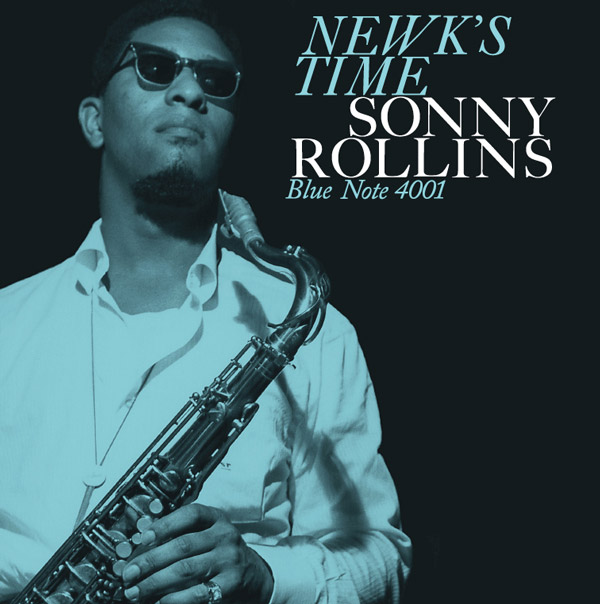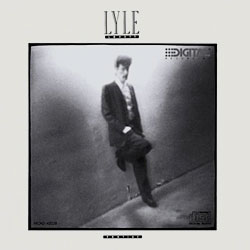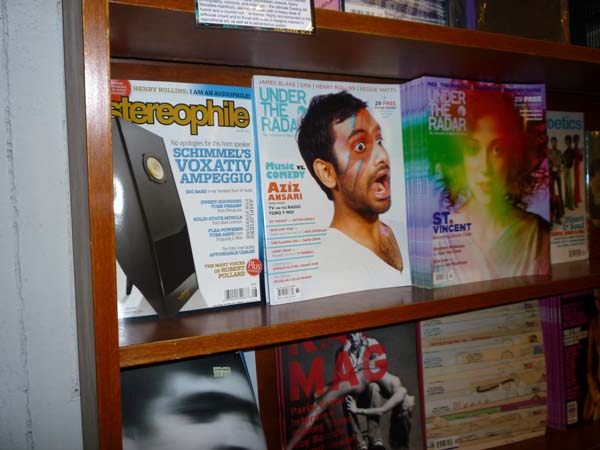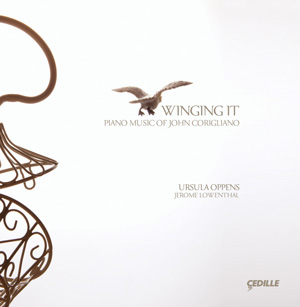Sonny Rollins Newk's Time in 45
Rollins was signed to Blue Note in 195657, one of several transitional periods and an almost absurdly prolific one. He recorded not only the four Blue Notes but also Saxophone Colossus and Freedom Suite for Prestige, Way Out West for Contemporary, and over a dozen sessions as sideman, for various labels, with Miles Davis, Max Roach, Thelonious Monk, Dizzy Gillespie, Kenny Dorham, and Abbey Lincoln. Listening to all these albums (for the most part, a riveting experience), you can hear the subtle-then-transformative changes in Rollins' soundand thus in modern jazz itself.
Newk's Time is particularly revealing in this sense. . .



 Lyle Lovett: Pontiac
Lyle Lovett: Pontiac





